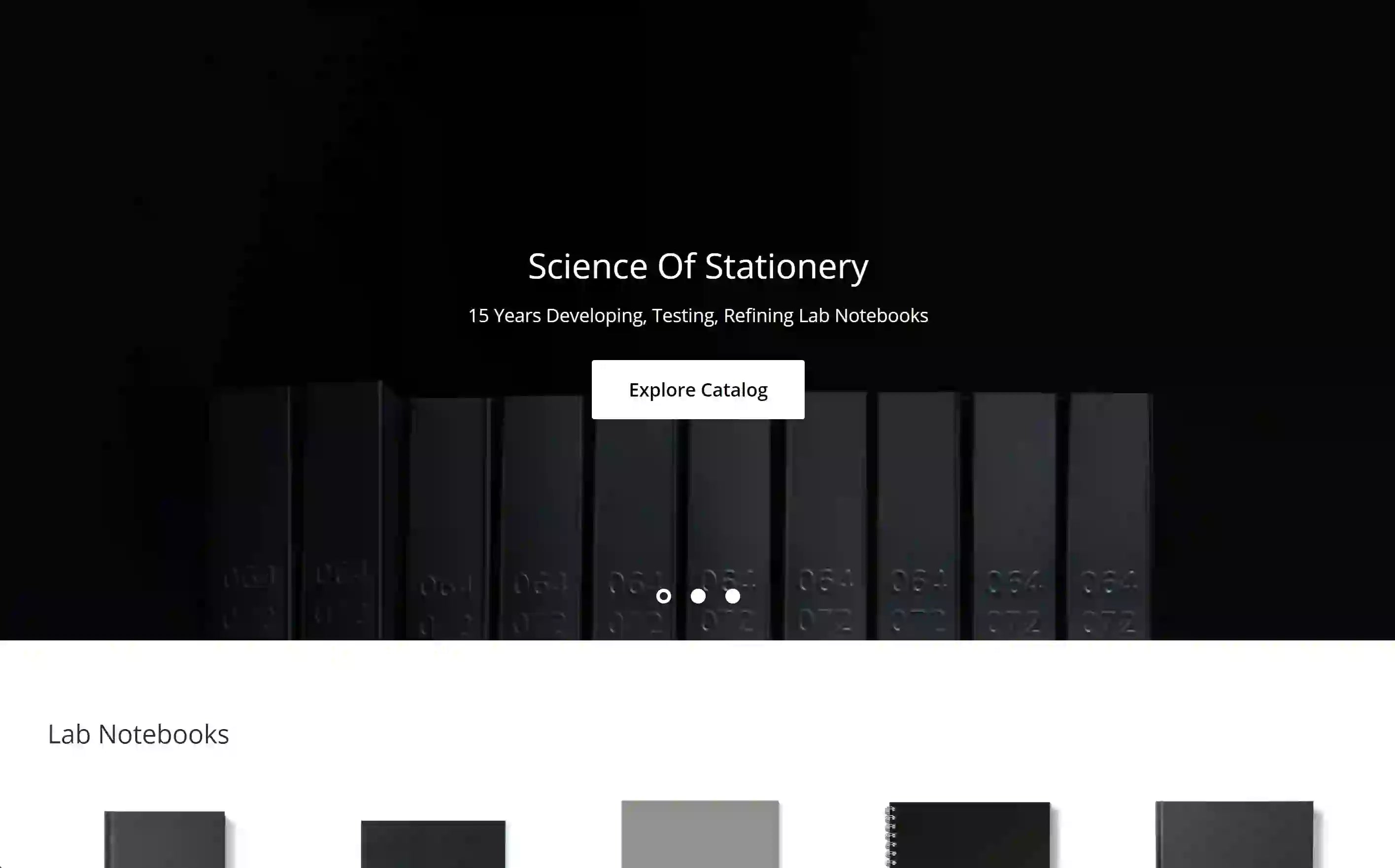In pharmaceuticals, biotechnology, and other sectors governed by Good Laboratory Practices (GLP), Good Manufacturing Practices (GMP), and similar regulatory frameworks, maintaining an accurate and reliable lab notebook is not just a matter of scientific discipline—it’s a regulatory requirement.
A well-kept lab notebook serves as a detailed historical record of all research activities, critical for patent applications, the defense of intellectual property rights, and ensuring the reproducibility of scientific work. in this blog, we'll explore some essential practices for maintaining a lab notebook in these highly regulated environments.
1. Use a Durable, Bound Notebook
Select a high-quality, bound notebook with numbered pages to prevent the removal or addition of pages. VELA Sciences offers a range of notebooks that are specifically designed to withstand the rigors of lab work while providing the archival quality needed for regulatory documentation.
2. Write in Permanent Ink
Always use permanent, waterproof ink when recording data to prevent alterations or water damage. This ensures that your entries remain readable and unaltered during the lifespan of the notebook, which could be scrutinized during audits or inspections.
3. Record All Data Directly
Document all data and observations directly into your lab notebook and avoid using loose paper or digital notes that can be easily lost or modified. Immediate documentation reduces the risk of forgetting details and enhances the accuracy of your records.
4. Be Timely and Sequential
Make your entries in chronological order and date every entry. If you make a mistake, line it out with a single strike (ensuring the text is still legible) and initial and date the correction. Never use correction fluid or tape in a lab notebook.
5. Provide Detailed Descriptions
Describe each step of your experiment and its execution in detail, including any modifications to the standard methods. This thoroughness ensures that your experiments can be replicated precisely, a key requirement in regulatory environments.
6. Use Clear and Concise Language
Write legibly and use language that is clear and concise, making it easy for others (including auditors) to understand your work. Where applicable, use standard scientific terms and abbreviations.
7. Include Calculations and References
Record all calculations used in your experiments directly in the notebook. Additionally, always cite the origin of any reagents, cells, or instruments not previously detailed in your notes.
8. Secure Supplementary Data
Attach any supplementary data such as printouts or external data sheets by stapling or taping them directly into the notebook. Label all supplementary data with the date received or generated and reference the relevant notebook page number.
9. Regular Reviews and Signoffs
Have a colleague or supervisor review and sign off on your entries regularly. This not only increases the credibility of the data but also ensures a second set of eyes can verify the accuracy and completeness of the records.
10. Store Securely
Once a notebook is completed, store it in a secure and accessible location. Maintain a log of all notebooks and their storage locations to facilitate easy retrieval for review, audit, or legal purposes.
Trust VELA Sciences for All Your Lab Stationery Needs
By adhering to these best practices, scientists and researchers working in regulated environments can ensure that their lab notebooks are not only compliant with regulatory standards but are also invaluable tools in the advancement of scientific knowledge. Remember, a well-maintained lab notebook is a vital for professional research conduct and scientific integrity.



